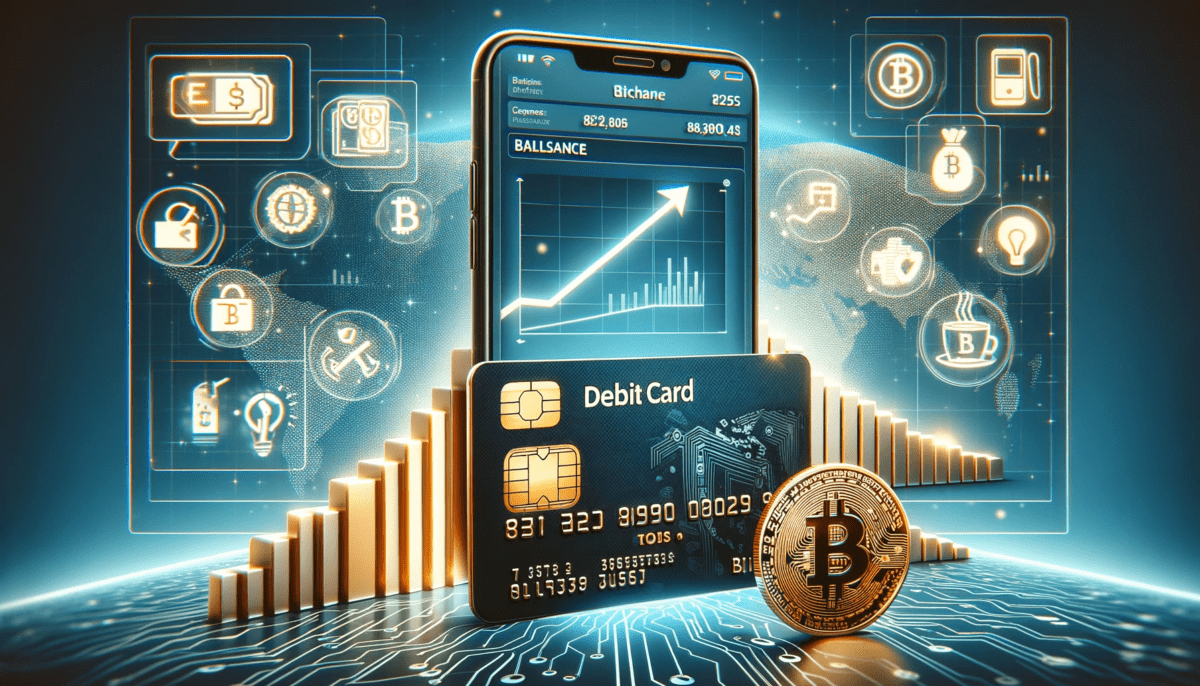Breaking Free: My Journey to Pay Off a $600K Mortgage in 5 Years
Weighing Pros and Cons on the Path to Payoff
Recently, I was speaking with my wife about my golden handcuffs and my deep-seated desire for freedom. You see, freedom for me equates to a life without debt, a life where the weight of our $638k mortgage is a thing of the past. (I know; first-world problems.)
In my daydreams, I often envision the liberation that comes with unloading this hefty burden. This freedom would give me the flexibility to leave my current job in banking if I chose to. Driven by this vision, I began to map out a strategy to become mortgage-free in just five years. To some, this might seem like an escape plan from the clutches of debt. To others, a potentially missed opportunity in investing.
The Plan: A Five-Year Sprint
The first step in my master plan was to use a mortgage calculator to understand how extra payments would accelerate the paydown.
Starting this March, I’ve decided to make an extra $600 monthly payment towards the principal. It may seem like a drop in the ocean, just $7,200 a year, but every epic journey begins with a small step.
The next step was finding creative ways to increase income to make these additional payments, while ensuring continued investment in the stock market to not miss out on potential gains.
This second phase of my plan involves capitalizing on the next crypto bull run — I’m eyeing a potential sale when Bitcoin skyrockets, hopefully near $100k+. This could allow me to slash $100k+ off the mortgage in one fell swoop.
The final step hinges on using a significant portion of my annual bonus, which is, admittedly, a bit of a gamble because nothing is guaranteed, especially discretionary bonuses.
However, in this challenging job market (at least in my industry), I keep getting calls from former industry colleagues who were recently laid off. Now, I want to achieve freedom like my life depends on it.
The Pros and Cons: Freedom vs. Opportunity
Now, let’s get into the meat of the matter: the pros and cons of this approach.

Pros of Paying Off Early
Psychological Relief: There’s an undeniable emotional benefit to being debt-free. I remember the first time I paid off my credit cards and student loans, so I can only imagine the euphoria I’ll experience shedding this weight.
Financial Security: Without the mortgage, my monthly expenses drop, offering more flexibility and security, especially in these uncertain economic times.
Equity Building: Every extra payment increases my home equity, essentially saving for the future in a different way.
Cons of Paying Off Early
Opportunity Cost: The interest rate on my mortgage is only 3.5%, almost tantamount to ‘free money’. With the S&P 500 historically achieving a 10% return per annum, I may be missing out on substantial gains.
Liquidity Risk: By channeling extra funds into the mortgage, I’m limiting my liquid assets, which could be crucial in emergencies or for seizing other investment opportunities.
The Final Verdict: A Personal Choice
At the end of the day, this decision boils down to personal preference. The allure of being debt-free, even at historically low mortgage rates, is strong. It’s not just about the numbers; it’s about the feeling of financial liberation and the security that comes with it.
As I journey towards this goal, I find myself oscillating between the logical allure of investment gains and the emotional pull of debt freedom. Whichever path you choose, there is no wrong answer. Stay disciplined, stay focused, and achieve those dreams.

















